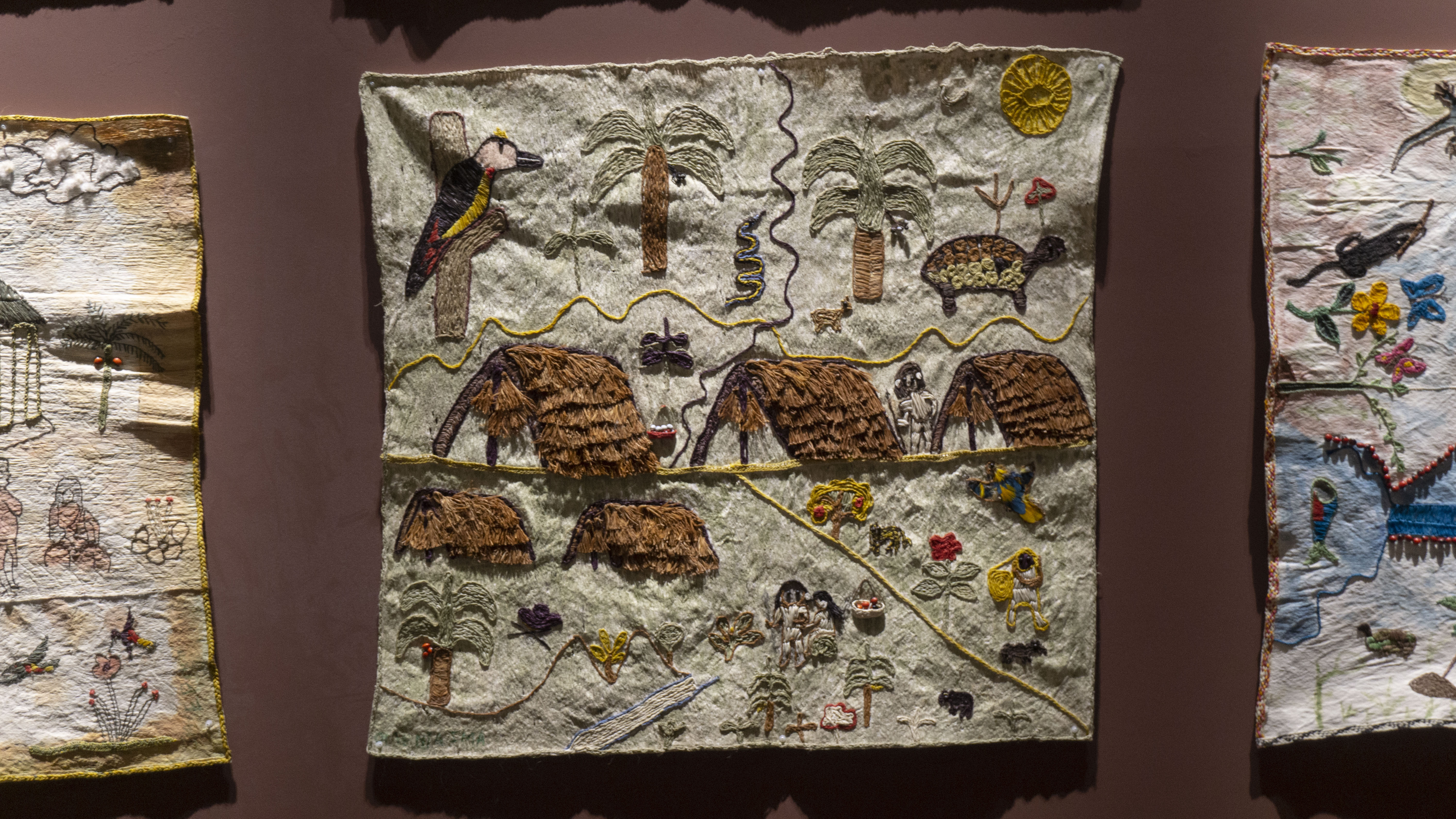To Open a Clearing: Cultivating Spaces of Endurance in the Upper Amazon
To effectively challenge the policies of extraction and depletion implemented by late liberal regimes, the Waorani communities residing in the Ecuadorian Amazon have devised spatial strategies to preserve their traditional territory. By reexamining Mary Louise Pratt's concept of the contact zone and delving into the juxtaposition between settler and Indigenous literature, spatialities, and worldviews, this thesis suggests the concept of forest Clearings as a means to explore spatial forms of endurance.
Numerous Clearings emerge within the Amazon, where encounters between divergent worldviews have engendered otherwise modes of existence. These spaces originate from mutualistic relationships between ants and plants, the material necessities for cultivating cacao and economic trees within traditional gardens amidst the forest, the aspiration to establish new settlements or reclaim former ones adjacent to oil platforms to assert sovereignty over traditional territories, and acts of weaving and singing while renewing a corporeal connection with the Amazon. Through a series of fieldwork reflections drawing upon Elizabeth Povinelli's notion of quasi-events, these Clearings are perceived as spaces where ontological negotiations are more likely to occur, strategies of enduring exhaustion are nurtured, potentiality is sheltered, and forms of dominance—even if for a moment—rattle.
At the core of the thesis narrative lies the ambition of a particular Waorani community to establish a Museo Vivo, or a living
In essence, this work serves as an invitation to acknowledge our own agency as researchers, academics, architects, and artists when navigating the ambivalent movements of establishing and suppressing Clearings during interactions with local communities like the Waorani. The work proposes that assuming responsibility as active agents within the social ecology of Clearings—embracing the condition of being "seen seen" by one another—gives rise to new collaborative practices and ontological exchanges.
Master of Environmental Design thesis at the Yale School of Architecture.
Advisors:
Ana Maria Durán Calisto,
Keller Easterling
2021-2023
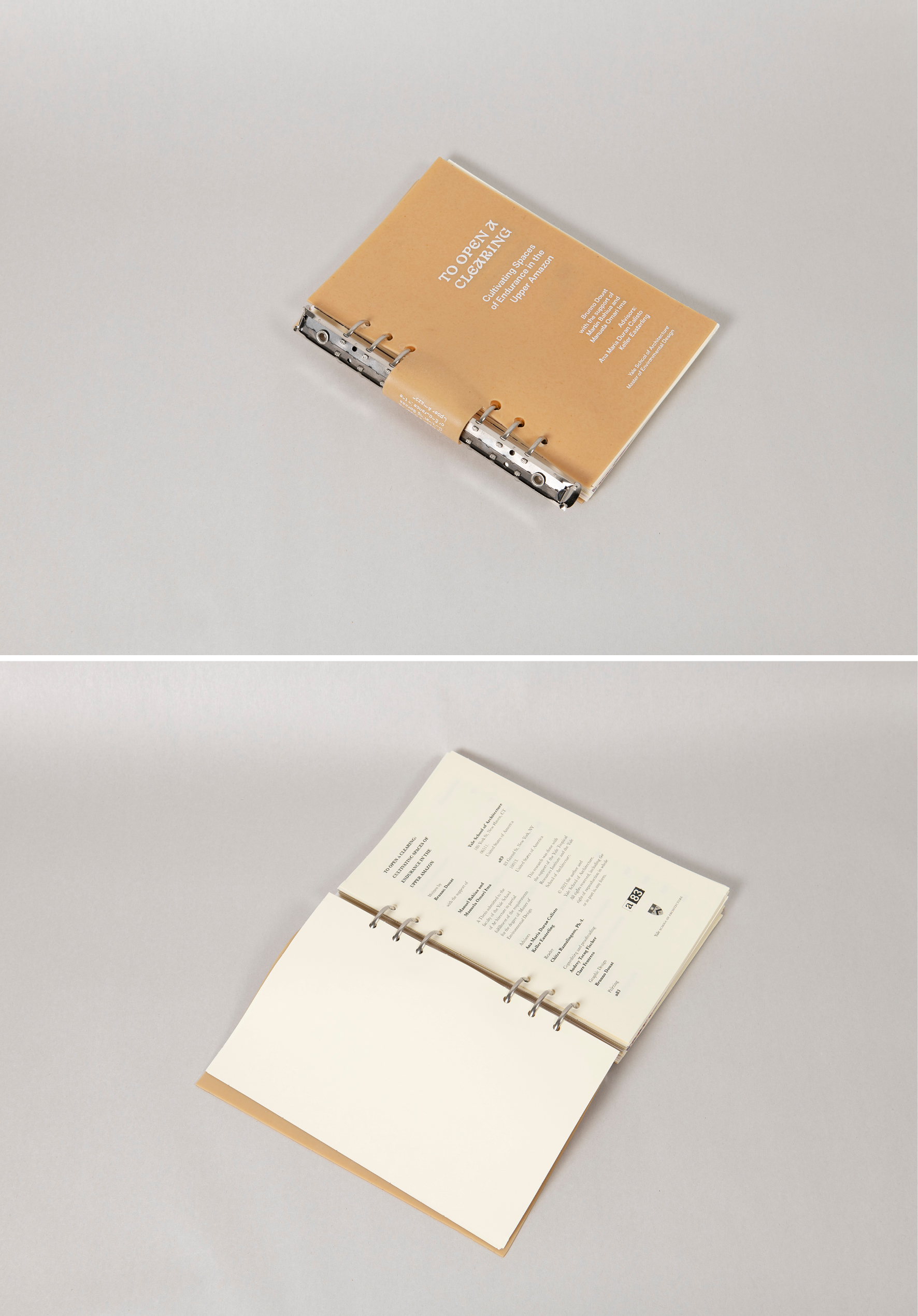
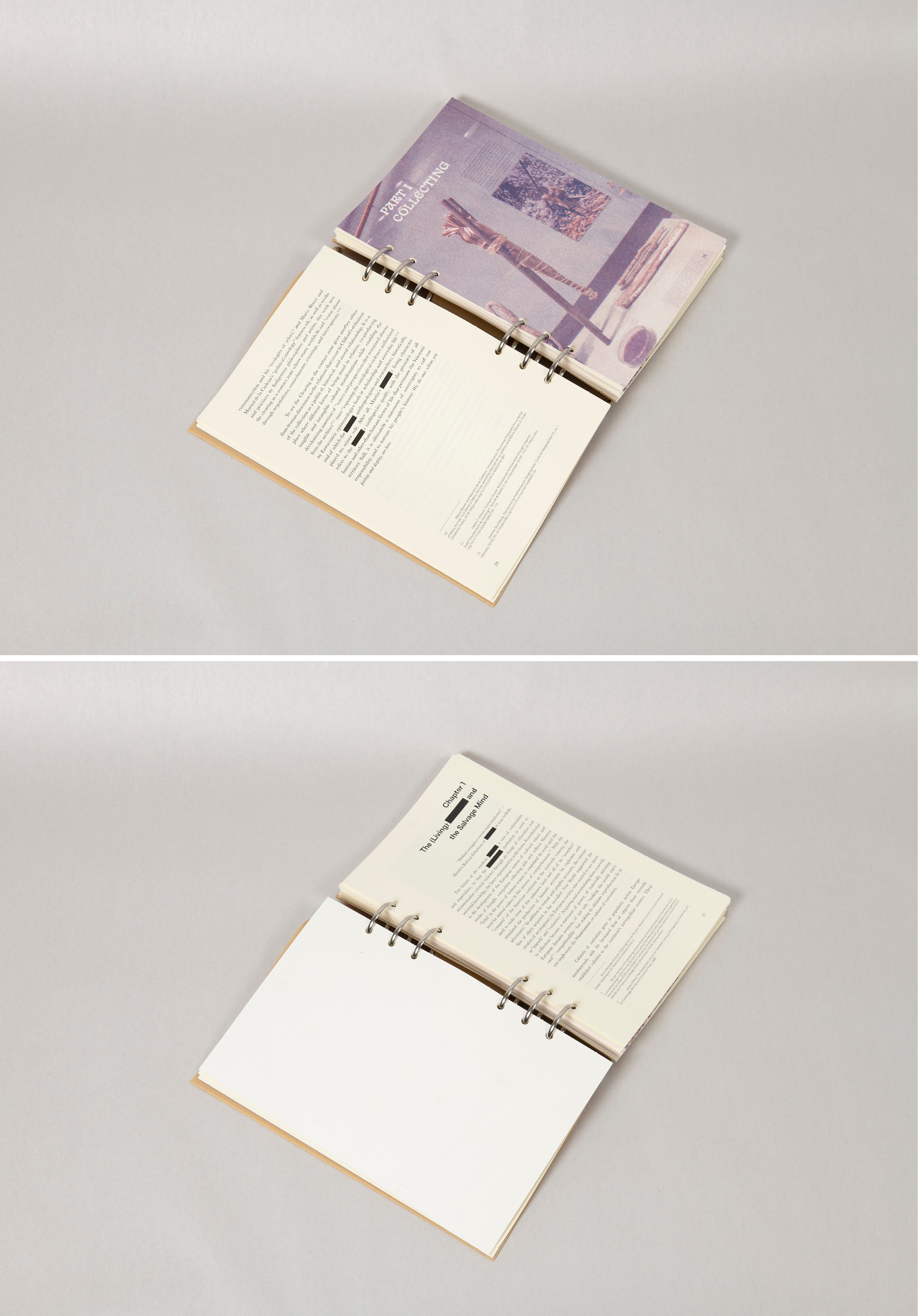

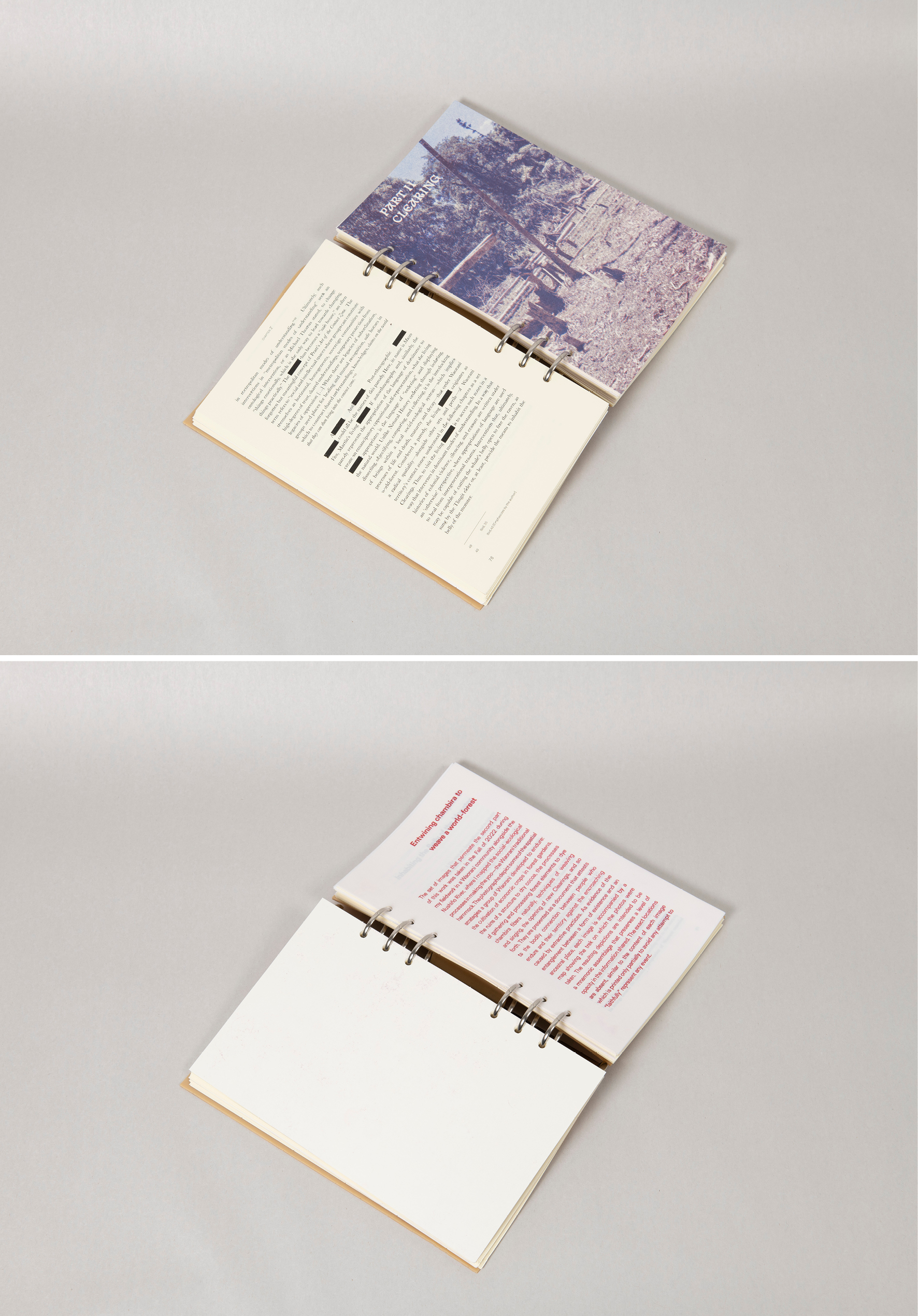



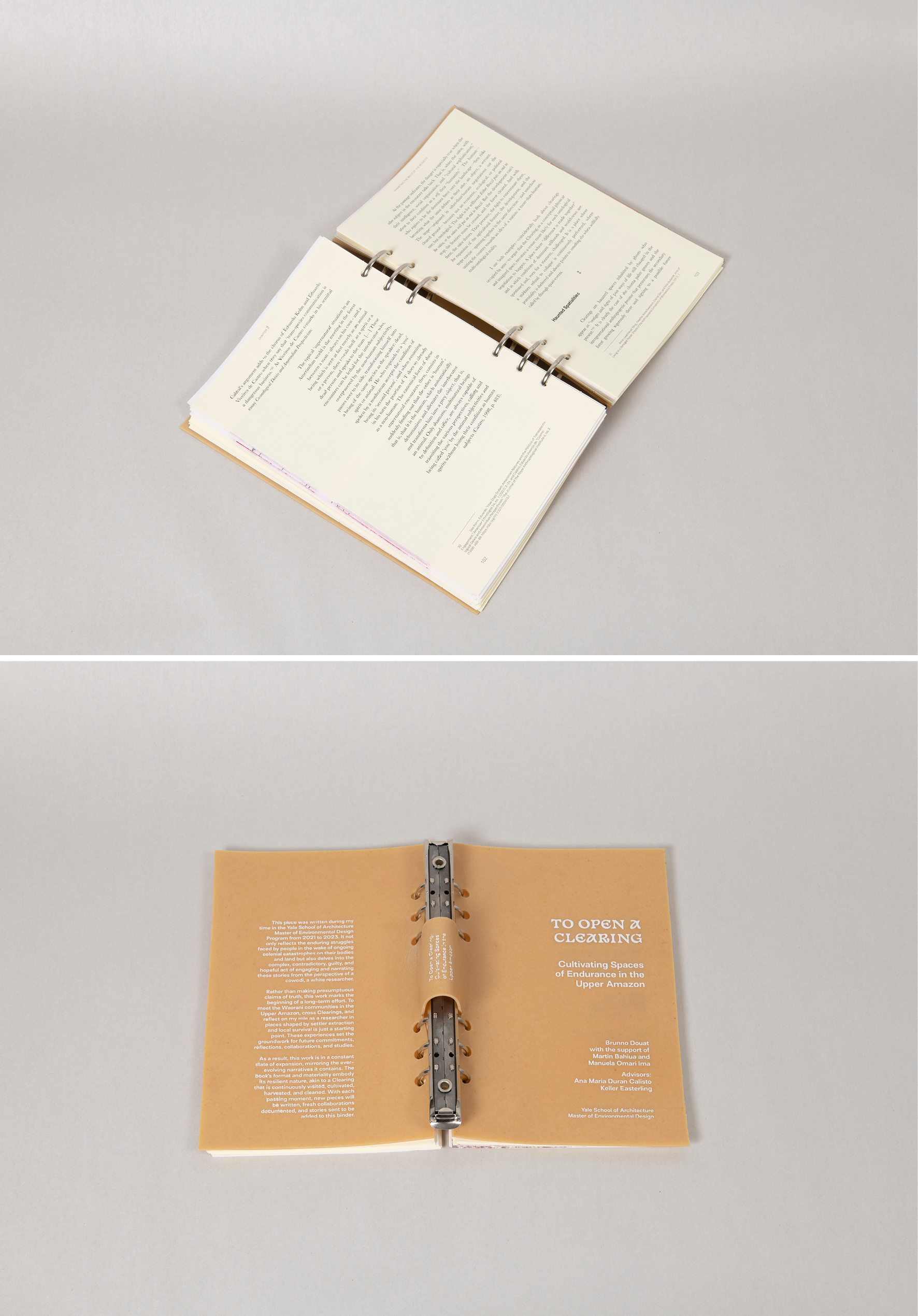
Crafting Modernity
Design in Latin America, 1940–1980
Mar 8–Nov 10, 2024
MoMA - The Museum of Modern Art
Curators: Ana Elena Mallet and Amanda Forment
Collaborated as a researcher on exhibition multimedia components and the accompanying publication.
From the catalogue:
“There is design in everything,” wrote Clara Porset, the innovative Cuban-Mexican designer. She believed that craft and industry could inspire each other, forging an alternative path for modern design. Not all of Porset’s colleagues agreed with her conviction. This exhibition presents these sometimes conflicting visions of modernity proposed by designers of home environments in Argentina, Brazil, Chile, Colombia, Mexico, and Venezuela between 1940 and 1980. For some, design was an evolution of local and Indigenous craft traditions, leading to an approach that combined centuries-old artisanal techniques with machine-based methods. For others, design responded to market conditions and local tastes, and was based on available technologies and industrial processes. In this exhibition, objects including furniture, appliances, posters, textiles, and ceramics, as well as a selection of photographs and paintings, will explore these tensions.
The home became a site of experimentation for modern living during a period marked by dramatic political, economic, and social changes, which had broad repercussions for Latin American visual culture. For nearly half a century, the design of the domestic environment embodied ideas of national identity, models of production, and modern ways of living. The home also offered opportunities for a dialogue between art, architecture, and design. Highlights of the exhibition include Clara Porset’s Butaque chair; Lina Bo Bardi’s Bowl chair; Antonio Bonet, Juan Kurchan, and Jorge Ferrari Hardoy’s B.K.F. Chair; and Roberto Matta’s Malitte Lounge Furniture.
Images: The Museum of Modern Art
Spring 2024


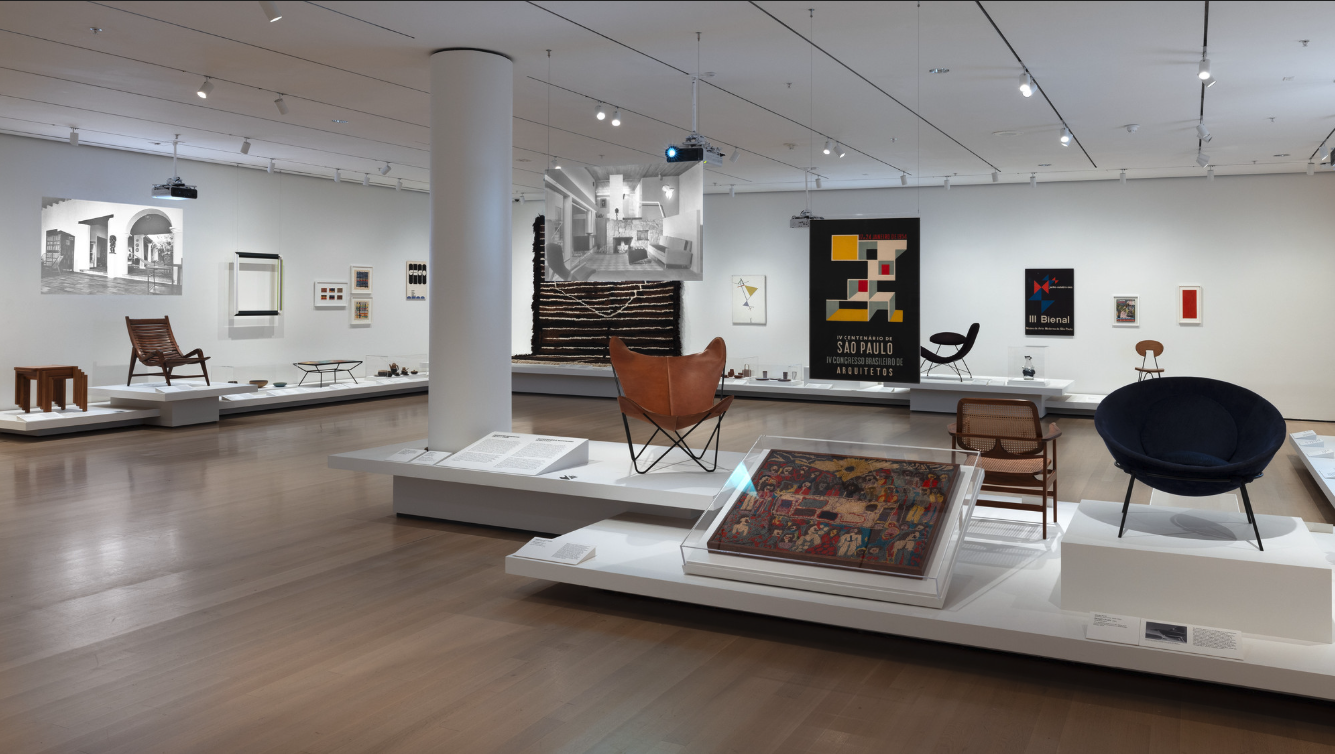
Beneath the Mud -
with Gustavo Caboco
Installation at the KO’EYENE program, at the 2024 Theaterformen Festival in Braunschweig
In collaboration with Gustavo Caboco
Installation concept and design.
Photos by Mehdi Amiri and China Hopson
Summer 2024




Casa de Bicho -
with Gustavo Caboco
Installation, part of the exhibition Um Rio Não Existe Sozinho by the Institute Tomie Ohtake — Belém
In collaboration with Gustavo Caboco.
Curators: Sabrina Fontenele and Vânia Leal
Installation concept and design.
Upcoming (October 2025)
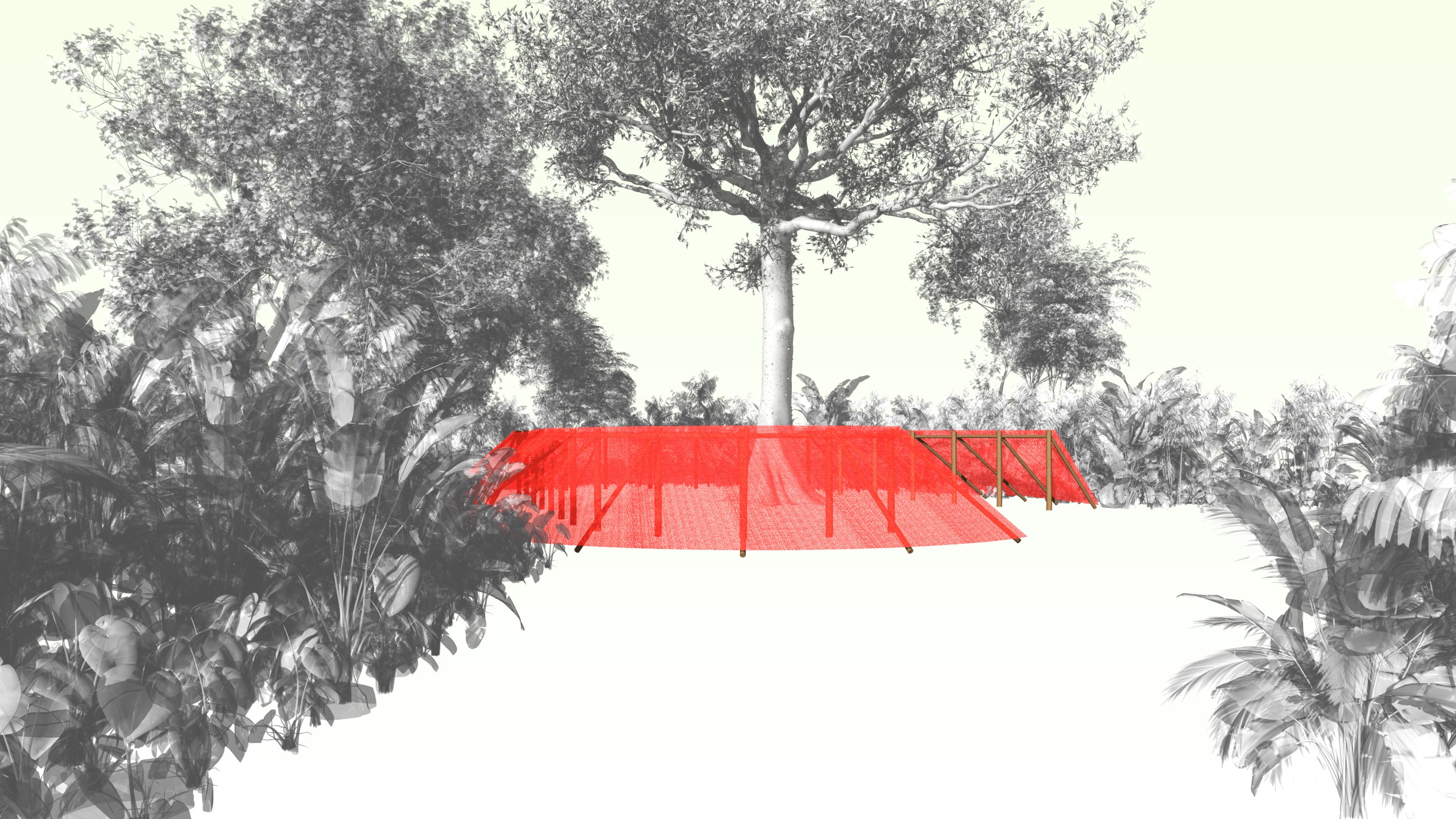
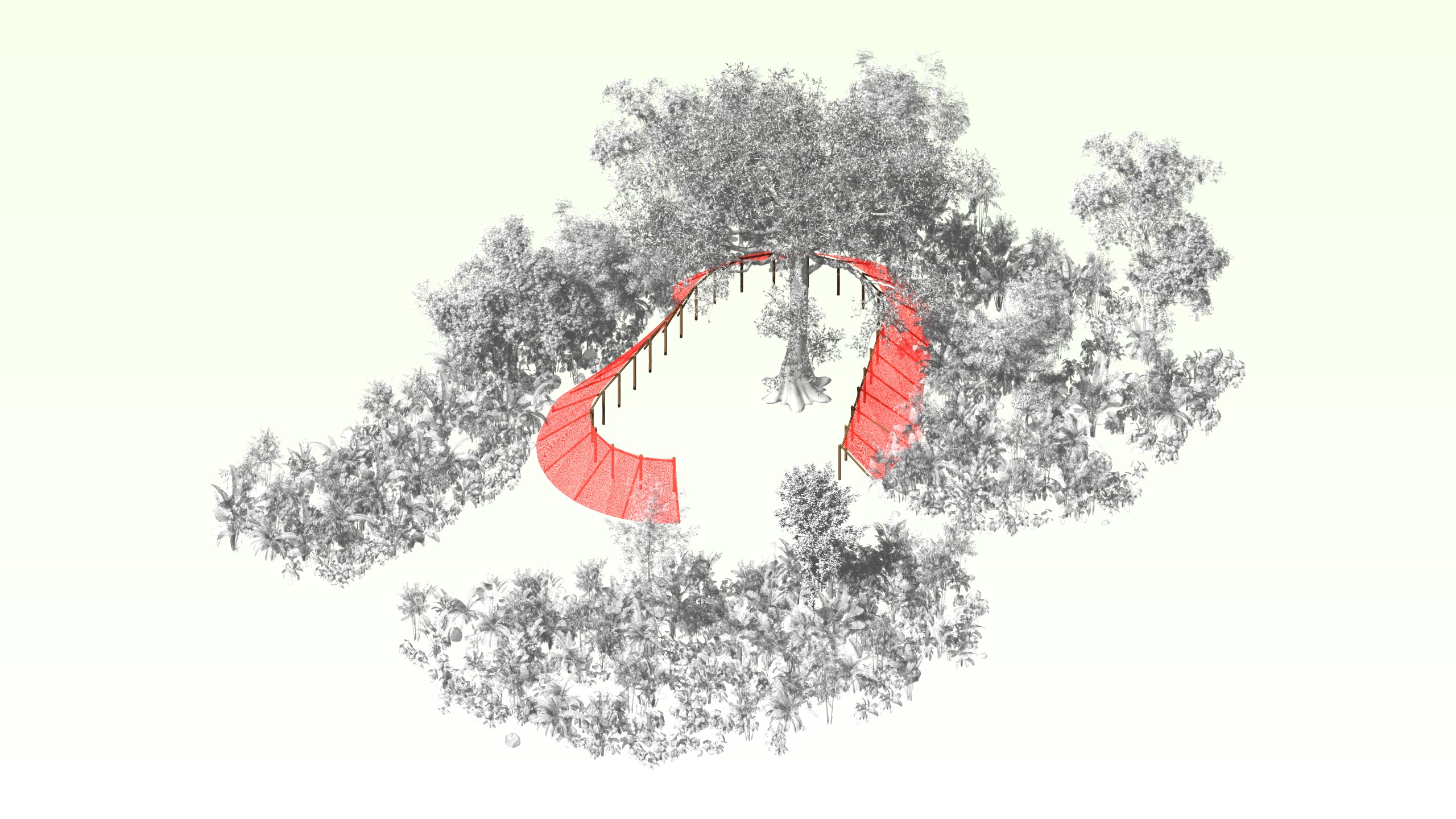
Surfacing — The Civilised Agroecological Forests of Amazonia.
Installation at the 2023 Venice Architecture Biennale The Laboratory of the Future
Authors: Estudio A0 (Ana María Durán Calisto and Jaskran Kalirai) and Manuela Omari Ima
Collaborator as a researcher and fundraiser.
Maps of ancestral territory embroided in Wengo and ceilling structures weaved in One fibers by the Waorani communities of Tiwino and Tepapade in collaboration with students from the Yale School of Architecture.
From the catalogue:
"Gold prospecting using LiDAR in the twenty-first century has brought to the surface not only vast mineral deposits but also evidence of mega-regional cities. The digital whispers of these cities forcefully speak of the civilisations built by the people of the Amazon River basin tributaries for over five millennia.
The land of the ‘savage’ portrayed by the European conquest through Greek mythical beings and medieval legendary monsters are now being portrayed by remote sensing as the land of interwoven constellations of agroecological urbanisms that call for a new name, for an ontological reckoning.
The civilisations of oral traditions are wanting of recognition, not as exotic urbanisms to be marginally included in history textbooks, but as brilliant, working examples of urban ecology that may lead our way into a reconciliation of the city, its foods systems, and its hinterlands. This is the focus of this exhibition."
Spring 2023

